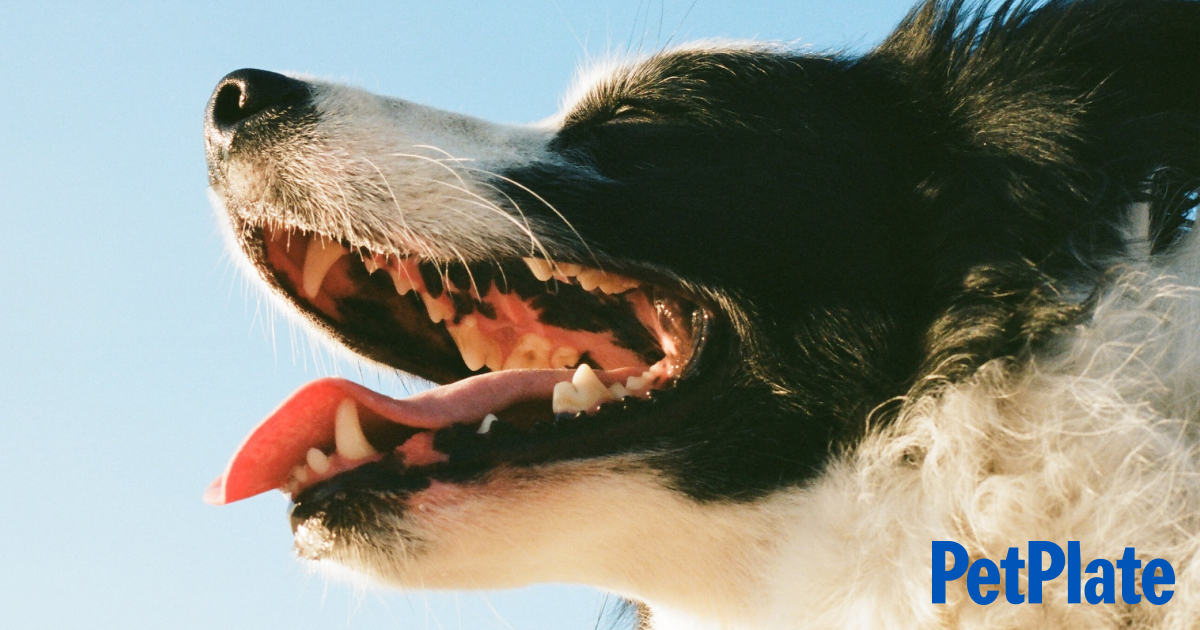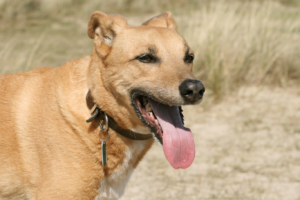Dog Dental Care 101 – How to Care For & Clean Your Dog’s Teeth
Your dog loves to give wet kisses—but their doggie breath is too terrible for that kind of affection. An oral hygiene routine can help.
Dogs need regular dental care. Poor oral hygiene is linked to a host of canine health issues from gum disease to kidney and liver disease. Brushing your dog’s teeth won’t just improve their health and lifespan; it will also freshen their breath so those wet kisses won’t send you running in the opposite direction.
You can practice good oral hygiene at home with regular tooth brushing and dental treats and toys, but scheduling regular dental cleanings with the veterinarian (a great reason to invest in health insurance!) is also important to keep their teeth and gums looking great.
Help! My Dog Has Bad Breath
Your dog drinks from the toilet, steals snacks from the trash and licks, well, everything, so it’s no surprise that their breath is bad. Bad breath is common. In fact, a 2021 report found that oral health issues were the most common diagnoses in dogs—and small dog breeds were especially susceptible.
What causes dog bad breath?
A bad case of dog breath can have several causes:
Liver disease: Dogs that have bad breath along with other symptoms like vomiting, diarrhea, weight loss, lack of appetite and yellowing of the skin and eye (called jaundice) could have liver disease. Liver disease affects the ability to filter toxins and a buildup of toxins can cause bad breath.
Diabetes: Ketones, the chemicals are used to break down fats, go into overdrive in dogs with untreated or poorly managed diabetes. In addition to symptoms like weight loss, loss of appetite and increased drinking and urination, ketones can make your dog’s breath have an odd “sweet” smell.
Kidney disease: Dogs depend on their kidneys to filter toxins. Kidney disease can lead to a buildup of toxins, including urea, in the blood and that can make their breath smell like ammonia or urine.
Oral tumors: If your dog has a tumor in their mouth that becomes infected, it can lead to very bad breath.
Dental disease: Tartar, plaque and gingivitis are the most common cause of bad breath in dogs. Dental disease causes an overgrowth of bacteria in the mouth, leading to bad breath. Dog halitosis can be mild or severe, depending on the severity of the dental disease.
There are multiple dog bad breath causes and it’s important to make an appointment with your veterinarian to determine the reasons for serious dog breath and provide proper treatment.
How to help bad dog breath?
When it comes to banishing bad breath, regular oral care is essential. In addition to dental treats and chew toys that help prevent or remove plaque and tartar, brushing your dog’s teeth is the best approach to treating bad dog breath.
Dogs with dental disease may also need a professional dental cleaning. Your veterinarian can scrape away all of the tartar and remove loose, infected or rotten teeth that cause bad breath. The entire procedure is performed under anesthesia so your dog will wake up with sparkling teeth and fresh breath.
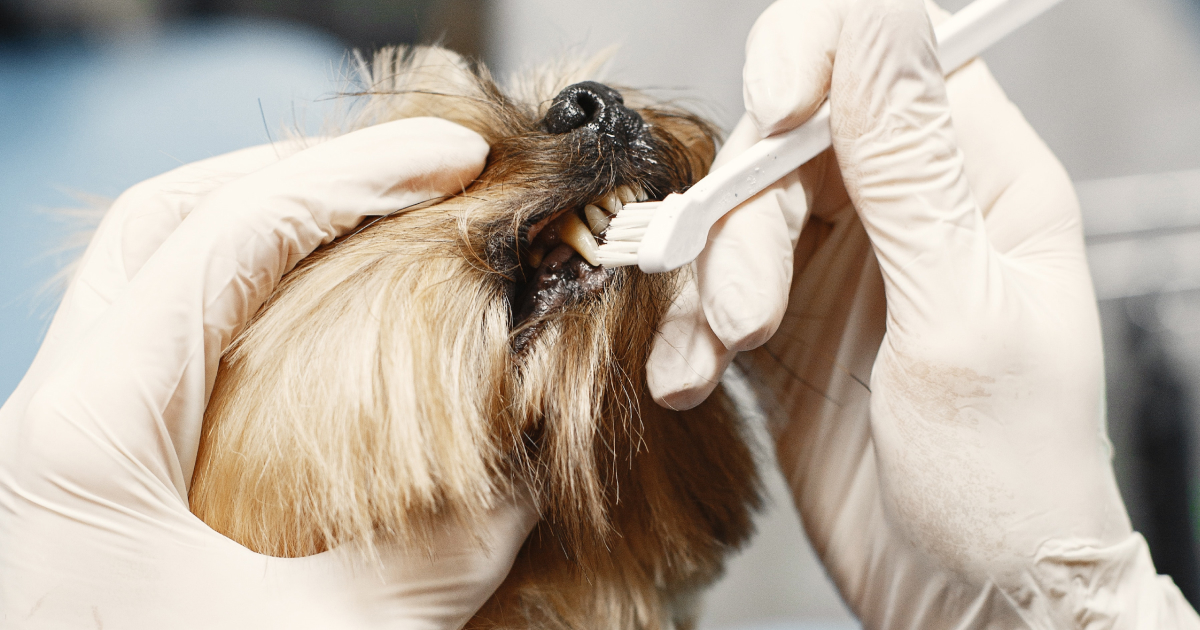
How to Brush a Dog’s Teeth
The best dog bad breath home remedy is a toothbrush—and teeth cleaning for dogs is easier than you might think. With a toothbrush, toothpaste for dogs and a little patience, dog teeth cleaning at home is doable. This is the best way to clean dogs teeth.
- Stock up on supplies: You’ll need a designated dog tooth brush and toothpaste for dogs (never use human toothpaste; it can contain ingredients that are toxic to dogs).
- Start slowly: Get your dog used to having their mouth touched. Use your fingers to lift their lips and touch their teeth. Practice this a few times before introducing the toothbrush.
- Introduce the taste: Put a little dog toothpaste on your finger and let the dog lick it off. It allows your dog to see the toothpaste as a treat and the taste is a reward.
- Bring in the brush: Use the toothbrush (with no toothpaste) to touch the teeth on the front, side and back of their mouths; gently run it over their top and bottom teeth and offer lots of praise to your dog for sitting still.
- Start brushing: Add dog toothpaste to the brush and gently hold your dog’s upper lip and begin brushing their front teeth. Continue moving the toothbrush around their mouth, brushing the bottom teeth and moving to the sides and back of their mouth.
- Praise your pooch: Offer lots of praise (and a few treats) to reward your dog for good behavior during their oral care routine.
- Establish a schedule: It’s important to choose a quiet time of day and a comfortable place to brush your dog’s teeth and aim to repeat these steps at least three times per week. Your dog will come to see oral care as part of their daily routine.
The earlier you start an oral care routine with your dog, the easier home dog teeth cleaning will be. Your veterinarian can also demonstrate how to keep dogs teeth clean.
How often should I brush my dog’s teeth?
The more often you brush your dog’s teeth, the lower the likelihood that they’ll develop dental disease. A daily dental care routine is often recommended but aim to brush your dog’s teeth at least three times per week.
What should dog teeth look like?
Healthy dog teeth are white and clean with no discoloration, plaque or tartar buildup; healthy dog teeth are also strong, not loose, and have no cracks, breaks or chips. Healthy dog gums are pink with no swelling, redness or bleeding along the gumline.
Check out these photos of healthy dog teeth vs unhealthy dog teeth and healthy dog gums vs unhealthy dog gums.
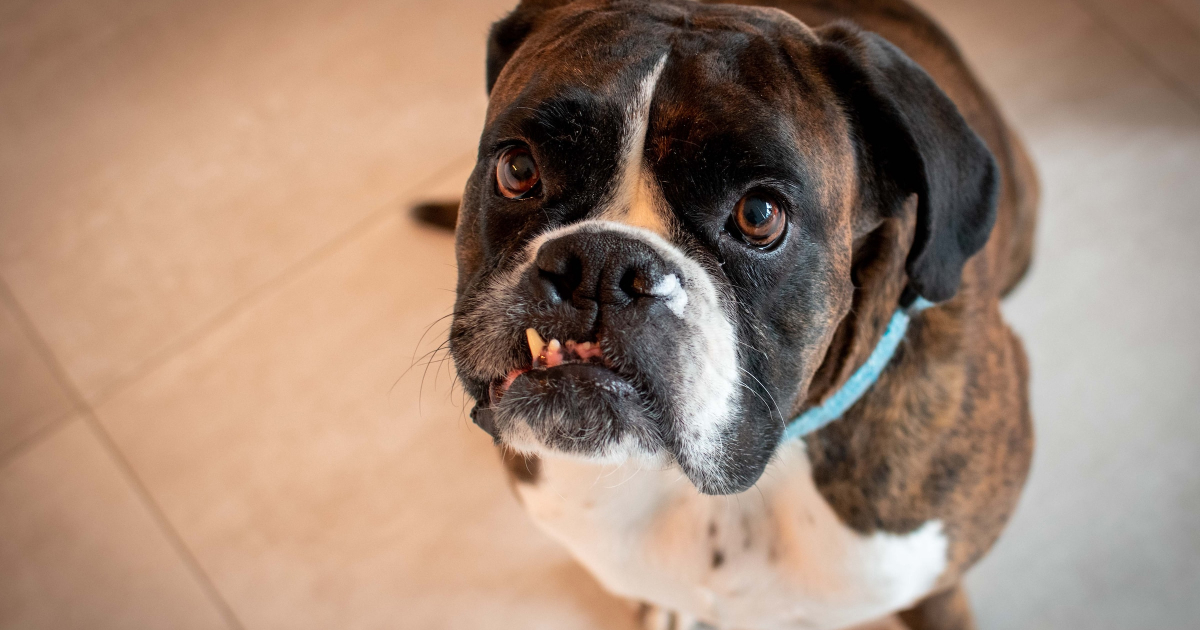
FAQs About Dog Teeth Cleaning & Care
A regular oral care routine can help prevent bad breath in dogs. Talk to your veterinarian about the right way to brush your dog’s teeth and schedule regular checkups—and professional dental cleanings, as needed.
How to clean dog teeth without brushing?
Brushing your dog’s teeth is an important part of preventing bad breath and maintaining good oral health but it’s not the only option. You can clean dog teeth without brushing thanks to dog chews, dental treats and toys and oral sprays and wipes, including:
Dog dental toys: Chew toys are textured to get into the nooks and crannies in your dog’s teeth and remove debris from their tongues and gums, too. The shape was designed to reach the hard-to-reach areas and there are even small reservoirs in the toy where you can add flavored toothpaste to boost the cleaning power.
Dental treats: The texture on the treats helps loosen and remove plaque and the vitamins, minerals and nutrients promote good oral health and fresh breath—and they taste so good your dog will be excited about practicing good oral hygiene.
Oral rinse: Mouthwash for dogs? Yep. A daily rinse with a specially formulated oral rinse helps break down plaque to combat tooth and gum disease and freshen breath. Use the dispenser to apply a gentle stream along the gumline.
Is bad breath in dogs a sign of illness?
Bad breath in dogs is very common. Sometimes, starting an oral care routine or scheduling a professional cleaning with your veterinarian is all it takes to address the issue but bad breath in dogs can also be a sign of illness. To rule out kidney or liver disease, diabetes or other health issues that could be causing bad breath, make an appointment with your veterinarian.
Can dogs use human toothpaste?
The toothpaste in your bathroom cabinet is not safe for dogs. Human toothpaste often contains ingredients, like xylitol, that are toxic to dogs. Instead, brush your dog’s teeth a pet toothpaste that is formulated for dogs.
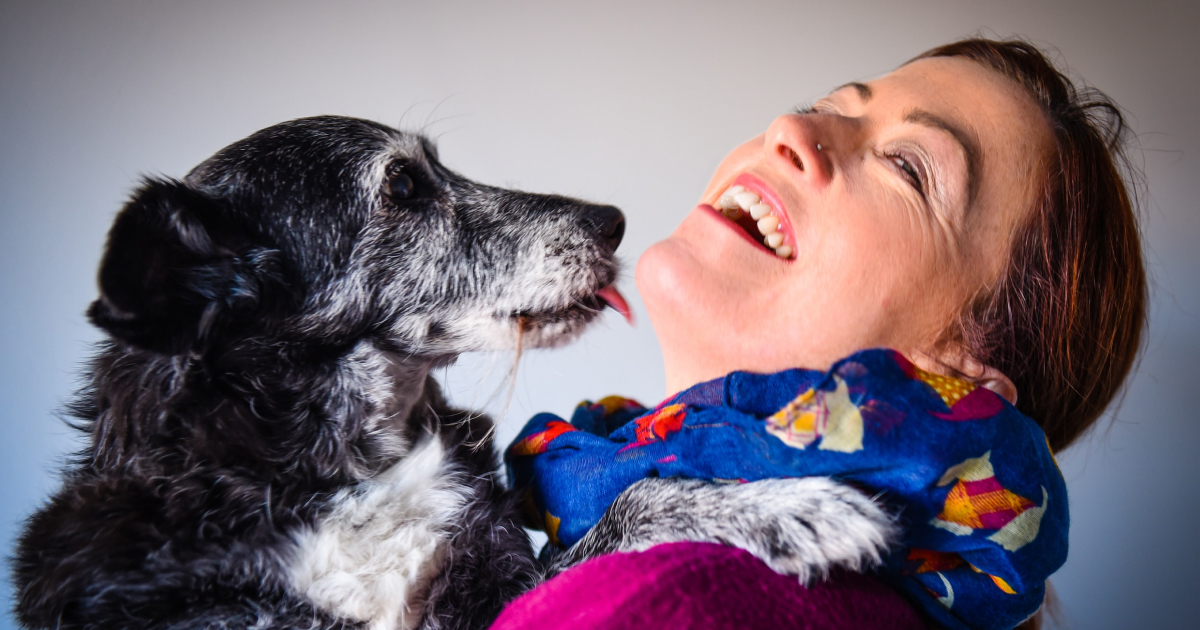
Keep Your Dog’s Mouth Healthy
Even if you brush your dog’s teeth regularly, it’s still important to schedule regular vet visits to make sure they’re in tip top shape when it comes to dental health. Pet health insurance companies like Nationwide can be lifesavers—both literally and figuratively—providing peace of mind that you’ll never have to deny your dog much-needed care because of vet bills, and making sure that the two of you get to spend long, happy, and healthy years together!
